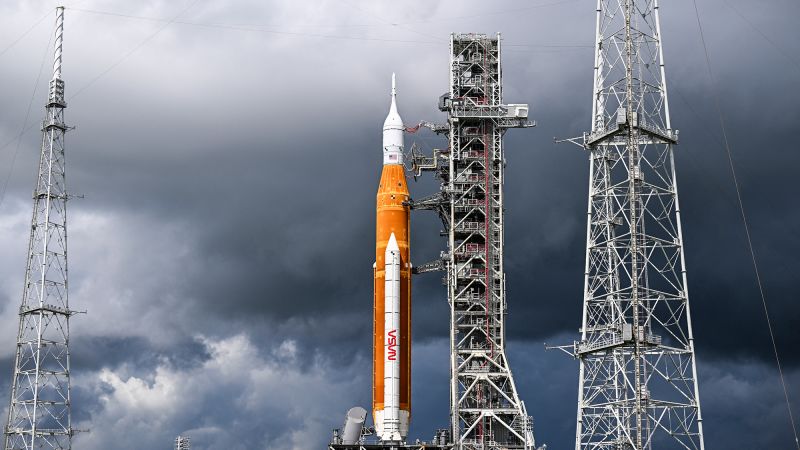NASA’s Artemis program, which aims to return humans to the Moon, is facing significant changes in light of recent news regarding Boeing and the Space Launch System (SLS). This comes on the heels of an announcement from Boeing indicating that it plans to lay off approximately 400 workers from the SLS program. This move has raised concerns and led to confusion about the future of the SLS, a crucial component of NASA’s mission architecture for Artemis. The complexity of the situation escalates with NASA’s assertion that the SLS remains “essential” to the Artemis program, creating a clash between operational realities and strategic directives.
The SLS has been a matter of contention within the aerospace community for years. Criticism regarding the rocket’s staggering budget has been relentless, as the project was originally estimated to cost around $18 billion but ballooned to $23.8 billion before its first flight in 2022. An oversight official has gone on record predicting that each of the first four Artemis missions could exceed $4 billion in launch costs. This disparity in projections has fueled arguments from critics who believe alternatives like SpaceX’s Starship could execute Moon missions at a fraction of the cost. SpaceX’s ambitious Starship, touted as the most powerful rocket ever assembled, is still in development but aims to disrupt traditional aerospace economics.
Amidst this backdrop, former NASA administrator, Bill Nelson, addressed concerns regarding the Artemis program’s continuity. During a December press conference, he was asked whether he had fears about a potential restructuring of Artemis or the SLS’s cancellation. He responded with confidence, pointing out that the SLS and its companion spacecraft Orion have already proven capable with missions beyond the Moon, standing apart from the yet-to-be-validated Starship system. Nelson’s remarks reflect a steadfast belief in the SLS’s current role as central to the U.S. space program.
Political dynamics also play a significant role in the SLS’s trajectory. Despite growing opposition and calls for change, key congressional figures have continued to back the SLS, bolstering its funding and support. This bipartisan endorsement underscores the complexities of navigating bureaucracies and regional interests tied to the program, as it provides jobs and revenue in various congressional districts.
However, Boeing’s recent announcement suggests that changes are imminent, reflecting a possible recalibration of the SLS program in light of ongoing budgetary evaluations and revisions to Artemis specifications. As Boeing alluded, these layoffs are part of an effort to align workforce numbers with the evolving project landscape by April 2025. Such a drastic workforce reduction hints at significant scaling-back of commitments or perhaps more extensive shifts in the project’s scope as it aligns with NASA’s goals.
NASA responded to the layoffs by emphasizing its intention to work closely with industry partners to realign budgetary expectations, resourcing, and contractor performance. This proactive stance is critical as the agency moves forward with its vision of a Moon to Mars program. While there is no official word on potential changes to the Artemis timeline, the agency maintains its focus on achieving a lunar return by 2027.
Significantly, SLS will play an integral role in not just putting astronauts on the Moon but also in establishing a sustained lunar presence. The collaboration with SpaceX does add an interesting layer of complexity, especially since NASA has already contracted the company for nearly $4 billion to facilitate the final leg of the lunar mission using Starship. This dual approach—integrating both SLS and Starship—may illustrate NASA’s adaptability in handling the evolving expectations surrounding Artemis.
Boeing’s ongoing struggles, primarily due to cost-plus contracts that allow for uncontrolled expenses, have raised questions about both the viability and sustainability of SLS. Nelson previously referred to such contracts as a “plague,” indicating a broader concern regarding cost overruns and project management within NASA.
In conclusion, the path forward for NASA’s Artemis program and its reliance on the SLS is fraught with challenges and uncertainties. As Boeing reevaluates its workforce and aligns with revised project commitments, the broader implications on U.S. lunar exploration remain to be seen. The ongoing discourse surrounding development costs, political support, and interim alternatives will likely shape the future of how humanity returns to and explores our Moon.












